 1991 Hyundai Sonata II (Y2, facelift 1991) Dimensions, Size & Specs
1991 Hyundai Sonata II (Y2, facelift 1991) Dimensions, Size & SpecsMeasurements of the 1991 Hyundai Sonata II, engineered for optimal performance and comfort
| Dimensions | |
|---|---|
| Length: | 4680 mm184.3 in15.4 ft |
| Width: | 1751 mm68.9 in5.7 ft |
| Height: | 1408 mm55.4 in4.6 ft |
| Trunk Capacity: | 473 liter16.7 cu ft |
| Weight Specifications | |
| Curb Weight: | 1284-1366 kg2831-3012 lbs |
| Roof Load: | 75 kg165 lbs |
| Tire Specifications | |
| Rims Size: | 14-inch rims:
|
| Tire Size: |
|
The 1991 Hyundai Sonata II (Y2 facelift) represents a significant evolution in Hyundai's midsize sedan lineup, produced between 1991 and 1993. This generation offers a balanced blend of size, comfort, and practicality for drivers seeking a reliable and well-sized family sedan. The Sonata II measures 4680 mm (184.3 inches) in length, which positions it comfortably in the midsize sedan category. Its width of 1751 mm (68.9 inches) and height of 1408 mm (55.4 inches) provide a low and streamlined profile that enhances both aerodynamics and aesthetics.
Weighing between 1284 kg and 1366 kg (approximately 2832 lbs to 3011 lbs), the Sonata II maintains a manageable curb weight that contributes to fuel efficiency and nimble handling. The luggage capacity stands at a respectable 473 liters (16.7 cubic feet), offering ample storage for everyday use, family trips, or shopping needs. This capacity underscores the vehicle’s blend of interior space and utility.
Ride quality is supported by 5.5J x 14 inch rims fitted with 195/70 R14 tires, striking a balance between comfort and grip on various road surfaces. Additionally, the roof load capacity is rated at 75 kg (165 lbs), enabling extra cargo transport options via roof racks or cargo boxes.
Overall, the Hyundai Sonata II (1991 facelift) is a practical and well-sized sedan, suitable for those looking for a midsize vehicle from the early 1990s that delivers comfortable dimensions, reliable weight parameters, and useful cargo capacity. It remains a noteworthy choice in Hyundai's sedan history, offering a clear example of the company's early strides towards modern vehicle design and functionality.
Discover the standout features that make the 1991 Hyundai Sonata II a leader in its class
Have a question? Please check our knowledgebase first.
The Hyundai Sonata II (Y2 facelift 1991) measures 4680 mm (184.3 inches) in length, 1751 mm (68.9 inches) in width, and 1408 mm (55.4 inches) in height. These dimensions present a mid-size sedan profile that balances interior comfort and maneuverability. Its relatively moderate height and width contribute to a stable and aerodynamic design for its class during the early 1990s.
The curb weight of the Hyundai Sonata II facelift model ranges between 1284 kg to 1366 kg (approximately 2831 lbs to 3012 lbs). This weight range reflects a solid build quality while maintaining a balance for adequate fuel economy and nimble driving dynamics for a sedan of its time. The weight influences acceleration, braking, and handling characteristics, offering a stable ride yet efficient fuel consumption typical for early 1990s mid-size sedans.
The Hyundai Sonata II (Y2 facelift 1991) features a luggage capacity of 473 liters (about 16.7 cubic feet), which is quite generous for a mid-size sedan. This capacity allows for comfortable storage of suitcases, groceries, and other items, making it practical for family use or longer trips. The trunk space effectively balances usable volume with the vehicle's overall design, ensuring easy accessibility and functionality.
Yes, the Hyundai Sonata II facelift 1991 is designed to fit comfortably into a standard residential garage. With a length of 4680 mm (184.3 inches) and width of 1751 mm (68.9 inches), it is narrower and slightly shorter than many modern mid-size sedans. Typical garages, which are usually about 2.4 to 3 meters wide and around 5.5 to 6 meters deep, provide sufficient space to park the car with room for opening doors and walking around the vehicle.
The Sonata II facelift (1991–1993) is larger than its predecessor, the first generation Sonata. The length at 4680 mm (184.3 inches) increased to provide more interior and trunk space, while the width of 1751 mm (68.9 inches) also grew to enhance cabin comfort. The slightly taller height of 1408 mm (55.4 inches) contributed to better headroom. Overall, the second generation offered a more spacious and comfortable experience compared to the original generation, reflecting the evolving demands of consumers in the early 1990s.
This Sonata uses tire sizes of 195/70 R14 mounted on 5.5J x 14-inch rims. The 14-inch rims offer a balanced ride quality with sufficient sidewall height due to the 70 profile tires, which improve shock absorption and comfort on uneven roads. This combination ensures a smooth and stable driving experience, well-suited to the sedan’s mid-size credentials. The tire width of 195 mm provides adequate grip while maintaining fuel efficiency.
Compared to other mid-size sedans of the era, such as the Toyota Camry, Honda Accord, or Nissan Maxima, the Sonata II facelift holds its own with competitive dimensions and good trunk space. While it may be slightly less powerful than some rivals, it offers practical cabin space, durability, and value. Its curb weight is comparable, and tire/rim sizes are standard for the segment. It was an attractive option for budget-conscious buyers seeking reliability and comfort at an affordable price.
The roof load capacity for the Sonata II is 75 kg (approximately 165 lbs). This means the car can safely support roof-mounted cargo like luggage boxes, sports equipment, or roof racks without compromising structural integrity or handling. Exceeding this limit can negatively impact vehicle stability and safety. It's important for users to distribute weight evenly and secure loads properly when utilizing roof storage.
The vehicle has an overall height of 1408 mm (55.4 inches), which offers a comfortable headroom balance for both front and rear passengers given its sedan configuration. The moderate height also benefits aerodynamic efficiency, reducing wind resistance to improve fuel economy and reduce cabin noise. This height is typical for mid-size sedans of the early 1990s, focusing on passenger comfort without compromising on exterior design cues.
While specific interior dimensions vary by trim, the Sonata II facelift emphasizes spaciousness with a well-designed cabin layout. Its increased exterior dimensions from the previous generation translate into improved legroom and shoulder space, making it competitive against rivals like the Toyota Camry and Honda Accord. Seats are designed to support longer drives comfortably, making it a solid choice for families and daily commuters seeking both comfort and reliability in a mid-size sedan.
Discover similar sized cars.

| Model Year: | 1978 |
|---|---|
| Length: | 4705 mm185.2 in |
| Width: | 1722-1730 mm67.8-68.1 in |
| Height: | 1410 mm55.5 in |
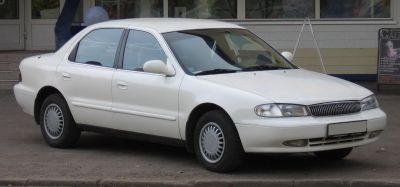
| Production: | 1996-1998 |
|---|---|
| Model Year: | 1996 |
| Length: | 4696 mm184.9 in |
| Width: | 1770 mm69.7 in |
| Height: | 1420 mm55.9 in |
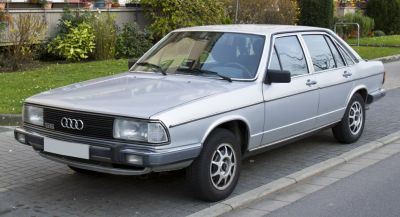
| Production: | 1979-1982 |
|---|---|
| Model Year: | 1979 |
| Length: | 4683 mm184.4 in |
| Width: | 1768 mm69.6 in |
| Height: | 1390 mm54.7 in |

| Production: | 1976-1979 |
|---|---|
| Model Year: | 1976 |
| Length: | 4680 mm184.3 in |
| Width: | 1768 mm69.6 in |
| Height: | 1390 mm54.7 in |
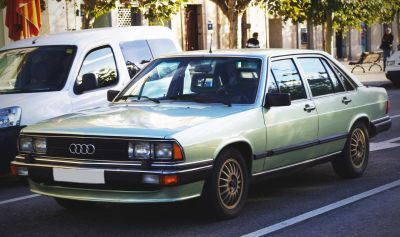
| Production: | 1979-1982 |
|---|---|
| Model Year: | 1979 |
| Length: | 4695 mm184.8 in |
| Width: | 1768 mm69.6 in |
| Height: | 1390 mm54.7 in |

| Production: | 2012-2014 |
|---|---|
| Model Year: | 2012 |
| Length: | 4729 mm186.2 in |
| Width: | 1782 mm70.2 in |
| Height: | 1465 mm57.7 in |
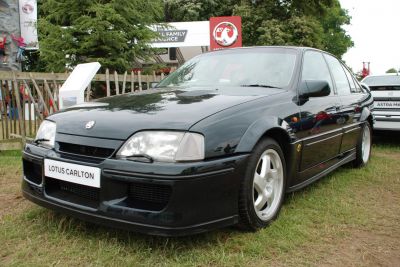
| Production: | 1986-1994 |
|---|---|
| Model Year: | 1986 |
| Length: | 4768 mm187.7 in |
| Width: | 1933 mm76.1 in |
| Height: | 1435 mm56.5 in |
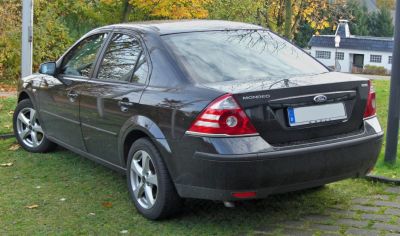
| Production: | 2001-2007 |
|---|---|
| Model Year: | 2001 |
| Length: | 4731 mm186.3 in |
| Width: | 1812 mm71.3 in |
| Height: | 1429 mm56.3 in |
